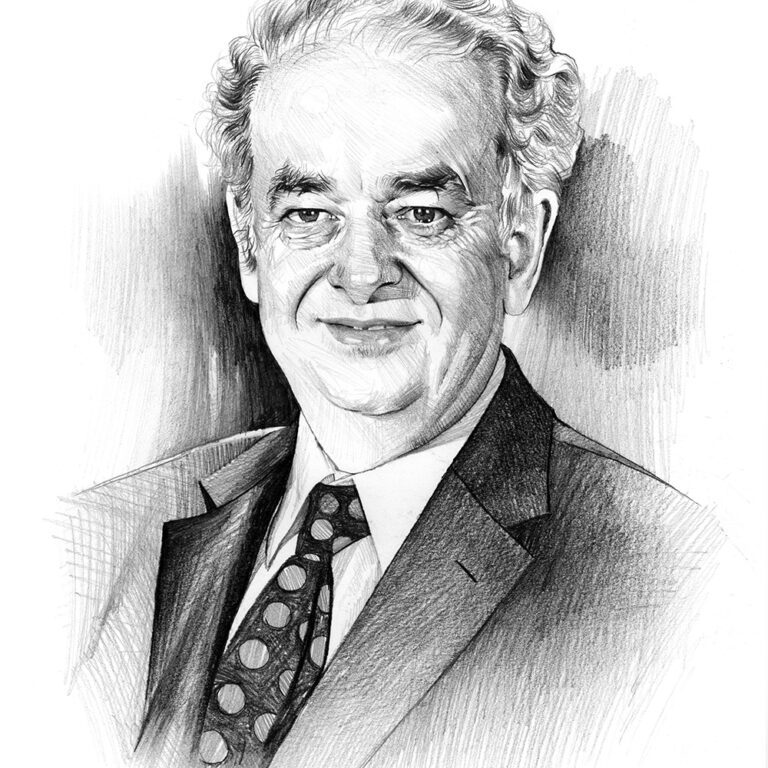

Professor Federico Capasso
King Faisal Prize in Science 2005 Laureate
Topic: "Physics "
I find it inspiring that modern science has its roots in two great civilizations, the Islamic and the Greek

Federico Capasso obtained his Ph.D. in Physics, summa cum laude, from the University of Rome, and an Honorary Doctorate in Electronic Engineering from the University of Bologna in 2003. He worked for 26 years at Bell Laboratories before moving to Harvard University, where he is currently the Robert L. Wallace Professor of Applied Physics and Vinton Hayes Senior Research Fellow in Electrical Engineering at Harvard School of Engineering and Applied Sciences.
Professor Capasso is an exceptionally creative scientist operating at the interface between applied and basic science and electronic engineering. He made seminal contributions to the physics and technology of semiconductor nanostructures, with profound impact on quantum electronics, photonics, solid-state science and technology. The quantum cascade laser (QCL), which he invented while working at Bell Laboratories, represents the greatest of his many remarkable contributions.
Professor Capasso is internationally known for his pioneering research in band-structure or bandgap engineering, which allows devices to be tailored to specific applications, thus opening up research directions and commercial possibilities in photonics, electronics and nanotechnology. His invention of quantum cascade laser (QCLs), a fundamentally new light source, has revolutionized infrared science and technology by giving access to the mid-infrared spectrum and has found wide-ranging applications in various scientific and industrial fields including chemical sensing, medical diagnostics, spectroscopy and trace gas analysis. Capasso’s many other contributions include multilayer low-noise avalanche photodiodes, the solid-state photomultiplier and seminal earlier work with quantum electron devices that revived interest in multilevel logic and coding.
He has authored and co-authored over 300 scientific articles and has received numerous awards and honors for his research and achievements. He is a fellow of the American Academy of Arts and Sciences, the UK Institute of Physics, the American Association for the Advancement of Science, the International Society for Optical Engineering, and the American Physical Society. He is also a member of the National Academy of Sciences and the National Academy of Engineering, and Honorary Member of the Franklin Institute.
This biography was written in the year the prize was awarded.
- He received many awards and honors including:
- Honorary Doctorate of Technology from Lund University in Sweden in 2011.
- Rumford Prize from American Academy of Arts and Science in 2015.
- Fellowship of the National Academy of Inventors in 2019.
- Frederick Yves Medal and Jarus Quinn Prize from the Optical Society in 2021.


